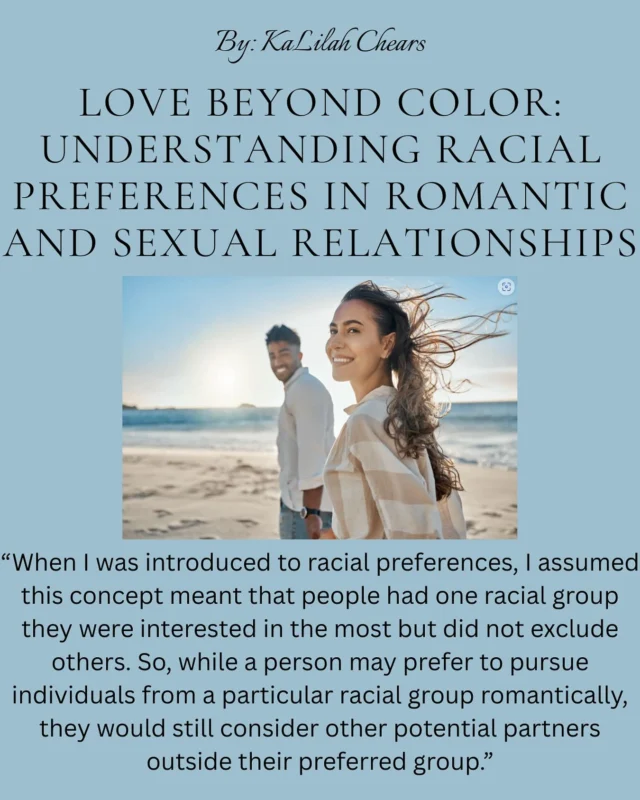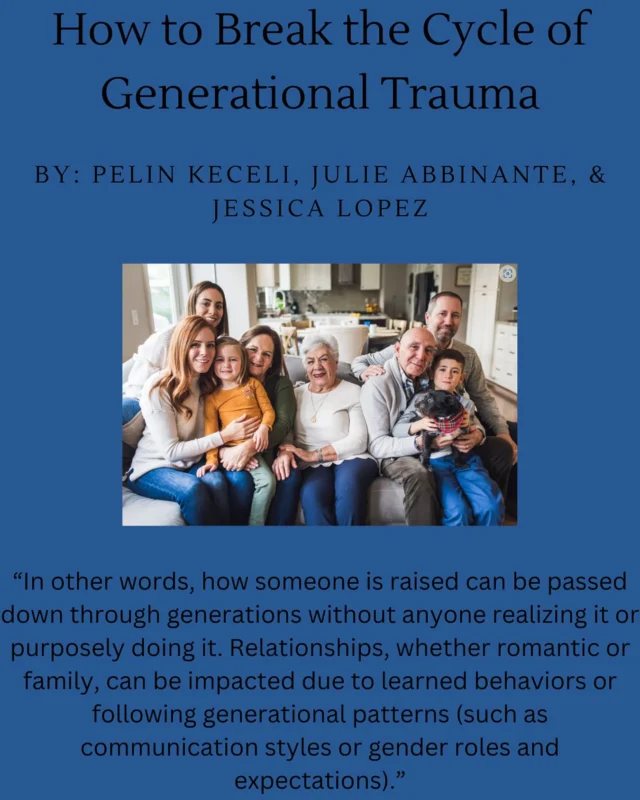In May 1967 a song credited to Frankie Vallie the lead singer of the band The Four Seasons released a song called “Can’t Take My Eyes Off You” which quickly shot up to #2 on the Billboard Hot 100 for that week. Some words in the lyrics of this song remind me of the current trend of creeping on social media to view potential, current, and past romantic partners:
“You’re just too good to be true. I can’t take my eyes off you…Pardon the way that I stare. There’s nothing else to compare. The sight of you leaves me weak. There are no words left to speak.”
In fact if you want to, just for added effect, try listening to this song by playing the video below as you read the rest of this blog post! There is no question that social media has influenced today’s society, and is having a profound impact on adolescents and emerging adults. As we have mentioned in several other articles on this blog, technology has paved new pathways regarding how we communicate. Our focus in a lot of cases, is how these technological advances have impacted relationship formation and commitment. We talk about that topic here, and here. But what happens when couples break up? What does the process look like? Does social media impact the way that couples process the break up? Lets take a closer look.
In one of our recent research team meetings, we read a chapter by Brody, LeFebvre and Blackburn Post-Dissolution Surveillance on Social Networking Sites from the book The impact of social media in modern romantic relationships. This chapter focuses how social media effects the process of a break up. The chapter discusses how social networking sites have changed the post-dissolution process, specifically regarding a behavior that is frequently used called surveillance. This idea has been a hot topic, especially for us on the research team. We know that surveillance, also known as creeping, is used to get more information about a potential partner. For more on creeping, click here.
Social Media Surveillance or creeping is a technique to gather information about a potential romantic partner through their social media profiles (Facebook, Instagram, Twitter, Snapchat, etc.). However, that is not the only way in which surveillance is used. A lot of times this happens when romantic relationships are forming, but not limited to that. Researchers have also found that it is very common to also use interpersonal electronic surveillance (IES) after a break-up. However, for those that choose to monitor a partner post-break may be negatively impacted (Brody, LeFebvre & Blackburn, 2017). Post breakup creeping may include looking at statuses, pictures that are posted, wall posts, shares and current relationships statuses of ex-partners. IES can lead to more obsessive stalking behaviors that may delay the healing process of the break-up.
Facebook for example, may be altering the break up process (Brody, LeFebvre & Blackburn, 2017). Now because of social networks, it is increasingly difficult to completely cut off communication because of how available information has become. Social network sites are partially designed to connect people, right? Right. But what is happening is social network sites are connecting those who have broken up and are now able to see posts, status updates or tags both purposely and accidentally (Brody, LeFebvre & Blackburn, 2017). As stated in the chapter, “easy access to information about previous partners can complicate this process, as individuals are forced to reconcile their memories of the relationship with a steady stream of up-to-date information about their former relationship” This can really impact the process of a break-up, because of how easy it is to creep on a former partner.

Results of this study found that 90% of participants reported that they engaged in at least one form of social media creeping, or the more technical term interpersonal electronic surveillance (IES) after a break up (LeFebvre, Brody & Blackburn, 2017). This tells us that IES is not just happening before an intimate relationship begins, but after one is over. Lets talk about the effects of IES after a break up takes place. If individuals are checking what their ex-partner is doing, who they are dating, etc. this could result in negative emotion regarding the break up, as well as rumination. Rumination is the idea of having recurring or obsessive thoughts. In other words, post-dissolution surveillance can lead to rumination which can result in unsuccessfully processing a break up. This can result in feeling unhappy, depressed, anxious and frustrated to name a few (Brody, LeFebvre & Blackburn, 2017).
Who is participating IES? What are the consequences of IES? Good questions, lets take a look. Results stated that men were less likely to engaged in IES compared to women. The study also reveals that participants who were more conscientious were less likely to engaged in IES compared to those who were more neurotic and open. The role in which individuals play in a break up, whether they were the initiator or the non-initiator, reflects on whether or not they are likely to engage in IES. This study found that non-initiators were more likely to engaged in IES following a break up than the initiator. This may be due to the non-initiators negative emotions regarding the break up, resulting in more IES post-dissolution. More negative emotion can also lead to more stalking behaviors after a break up as well (Brody, LeFebvre & Blackburn, 2017). Rumination can also be associated with higher levels of depression. Those who look at their partners online profile are at risk for longer term depression levels compared to those who do not engage in IES. Another study found that those who have felt more traumatized by a break up are more likely to participate in surveillance (Fox and Tokunaga, 2015).
An article published by Dr. Robert Tokunaga a prominent scholar on social media surveillance explained:
“Online information seeking is motivated by general curiosity about another individual, but online surveillance behaviors are borne out of personal or circumstantial suspicion or anxiety” (p. 173)
This is something to really think about. There is a difference between online surveillance and online information seeking, according to Tokunaga (2016). The difference is clear. Online information seeking is coming from a place of trying to gather general information, but surveillance comes from a place of trying to find specific relational information (Tokunaga, 2016). For example, does your ex-boyfriend or ex-girlfriend have a new romantic partner? Although in someways, this seems to be a common practice, it is not always a healthy way to try and get over a breakup. It is important to find better ways to process a breakup to not only help you to move forward, but to ensure to develop healthy patterns of coping with negative feelings.
References
- Fox, J., Tokunaga, R. S. (2015). Romantic partner monitoring after breakups: attachment, dependence, distress, and post-dissolution online surveillance via social networking sites. Cyberpsychology, Behavior and Social Networking, 18(9), 491-498.
- Brody, N., LeFebvre, L. E., & Blackburn, K. G. (2017). Post-Dissolution Surveillance on Social Networking Sites. In N. M. Punyanunt-Carter & J. S. Wrench (Eds.), The impact of social media in modern romantic relationships. (pp. 219-236). Lanham: Lexington Books.
- Tokunaga, R. S. (2016). Interpersonal surveillance over social network sites: Applying a theory of negative relational maintenance and the investment model. Journal of Social and Personal Relationships, 33, 2, 171-190.
Discover more from Decide To Commit
Subscribe to get the latest posts sent to your email.










